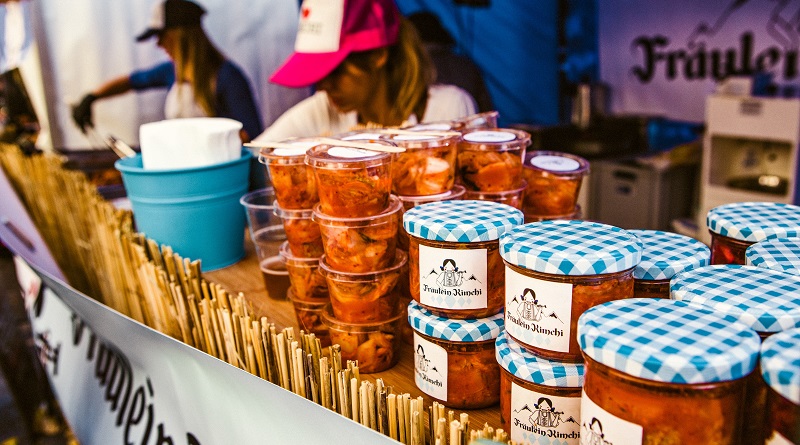Let’s assume that you’ve developed the perfect product. It’s innovative, it’s been thoroughly tested, and it’s aimed at a market that’s ripe and ready to be served.
There’s one last step that can make or break your product and we’re talking about the packaging. From how it’s presented to how it fits in everyday life, take a serious look at how the product is packaged. It’s not going to be flying off any shelves if it doesn’t stand out on them.

Identity
First of all, let’s talk about the product packaging design. You want to have a distinct and unique brand, but you also have to consider the language that’s well-known to your consumers.
For instance, in fruit and vegetable-based products, the colour green is commonly used alongside photographic images of the produce that the product is made from because consumers readily recognise them.
Finding the balance between the unique and the known is important, and business owners should be willing to invest in a little on-shelf testing. This can help you see whether the consumer’s eye would be naturally drawn to your product in a realistic retail setting. If it’s not catching any eye, you may need to redesign or rebrand your packaging.
Practicality
How easy is it for the consumer to use your packaging? Is it easy to open and dispose of? If it’s a high-value item, will the packaging prevent theft?
For foodstuffs and other perishable items that are to be used over time, you might have to invest in resealable bags. This will make sure that consumers aren’t going to be complaining that your products go off too easily and are difficult to keep fresh.
Stand-up pouches come in a thoughtful design with a clear front and aluminium foil back, which helps you easily store and see your contents.
Find the potential problems consumers are facing as they use their product. See if a different choice of packaging can help them overcome or avoid those problems.
Naturally, you have to consider packaging size, too. A package that is too large and bulky could mean that you can transport or store less of them.
Safety
When it comes to anything food or food-related, food-safe material choices are a must. This goes not just for the packaging material, but any sealants, labels, tapes, or anything else that comes in direct contact with the product itself.
What’s more, you need to consider the effects of packaging on the environment. Environmentally friendly options might be necessary, depending on the industry that you are in. If your packaging is recyclable or biodegradable, then more conscientious customers will be more willing to buy it and support a company that shows a little care.
Sustainable food packaging is important because traditional packaging methods often contribute to issues like plastic pollution, excessive waste, and resource depletion. By adopting sustainable practices, the food industry can help mitigate these environmental challenges while still meeting the functional needs of packaging, such as preserving food quality, safety, and convenience.
Never neglect the steps of branding. Practical thinking, and responsible materials and production when it comes to packaging your latest product. It can be the magic touch that takes a good product and makes it perform truly great.


